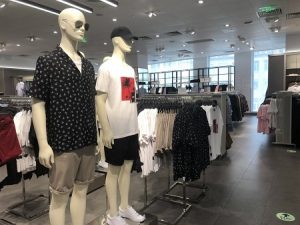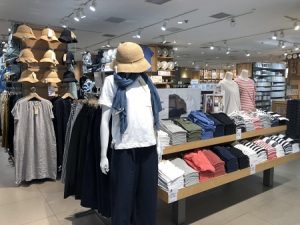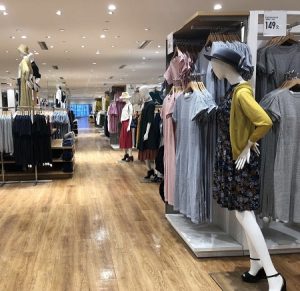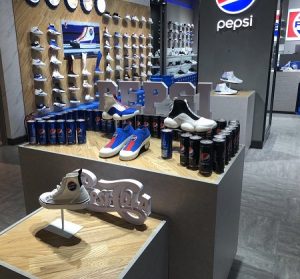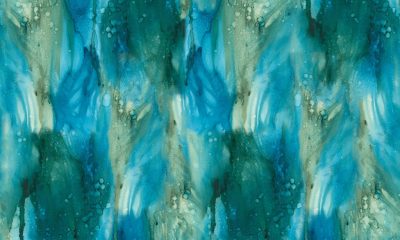When most people walk into a store, they look around at all the products without thinking too much about where they are located. What they do not realize is each product in the store has been placed in its location for a specific reason. Product display has always been an essential implementation for stores. Only 33.3% of shopping decisions are pre-planned, which means product display continues to be a large factor in the layout of retail stores (4imprint).
What is Product Display?
Product display in retail stores is the strategic placement of goods in specific places throughout a store in order to increase sales. Product display is based on consumer behavior and consequently, the more stores learn about consumer behavior, the more intricate product display becomes. The use of cameras and other technologies in stores have allowed retailers to gain a better understanding of consumer shopping behavior. Thus, there are three product display strategies that have been proven to drive sales.
3 Ways to Make a Product More Enticing Through Product Display
Advertisement
1. Grouping
Grouping products together is when a store places multiple complementary products next to each other to encourage the consumer to buy multiple products. The idea is for the consumer to see how well the products go together and be tempted to make multiple purchases instead of just one. The H&M in The Place Mall in Beijing does this by placing shirts and shorts next to each other when they are designed to be worn together so shoppers can easily purchase both products.
H&M Store in The Place Mall
Muji Store in The Place Mall
This Muji retail store in Beijing also exemplifies how to effectively utilize grouping. The mannequins can be seen wearing a combination of complementary clothing, as well as a hat to go with the outfit. Furthermore, the store has surrounded the mannequins with these exact products to make it convenient for the consumer to buy them after they have looked at the mannequins and noticed how well the outfit goes together. Grouping can easily be implemented and can lead to impulse purchases.
2. Location
Advertisement
The location of the products is something consumers are subconsciously affected by while shopping. The shelf level of products is as important as any form of product display. Products placed around consumer eye level are more likely to be purchased because most consumers look at shelves from left to right at eye level. It is important to note if your target customer is children you should put the products they are interested in at a lower height so it is at their eye level.
Another critical part of location in product display is spreading the products across the store. The store should be laid out to encourage consumers to walk around the entire store. The highest demanded products should be spread out and placed in prime locations so customers will have to walk throughout the store to find them. Additionally, having less expensive products closer to the register increases impulse purchases and therefore sales.
UniQlo Store in The Place Mall
This Uniqlo retail store in Beijing demonstrates how to space out products and maintain plenty of room for shoppers to wander without anything obstructing their path. Furthermore, the layout of the store with certain items in the back and down the aisles prompts people to walk around the entire store, which increases the likelihood of them making a purchase.
Advertisement
3. Complementary Colors
The colors of the products and everything around them can be the difference between people walking by without turning their heads and creating immediate consumer intrigue. Attention grabbing color combinations are essential when trying to get shoppers to enter the store. Getting people to first walk into the store is obviously crucial, so making sure the correct color combinations are displayed both in front and throughout the store is important.
Pepsi Store in The Place Mall
The Pepsi Store effectively draws attention from shoppers by placing its most intriguing products in front of the store and using the soda cans’ blue and black colors to complement the shoes. The combination of the colors and the products in direct lighting draw customers into the store to take a further look. Furthermore, the rest of the store uses the colors of the Pepsi logo to maintain consistency and increase intrigue.
“IWC Schaffhausen Store in Parkview Green Beijing”
Within the store, isolating products and highlighting them using color will intrigue consumers to take a look at what is being displayed. IWC Schaffhausen does this by placing some watches in isolation on the wall with a bright blue background to help them stand out. Additionally, the watches are surrounded by dark wood to complement the lighter blue and white colors. These complementary colors draw the eye directly to the watches and give them a sleek look.
Results
No matter the design or layout of a retail store, product display should always be utilized effectively. Something as minor as products being placed on shelf four at eye level can lead to a 25% increase in the sales of those products (Trax). Proper execution of product display by using grouping, location, and complementary colors will increase the amount of times people see the products and thus, increase the number of purchases. Detailed product display will influence the buying habits of consumers, whether or not they are aware of it.
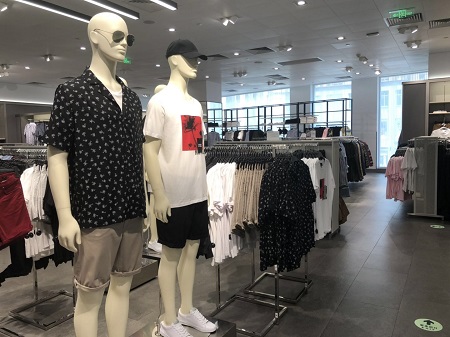

 Photo Gallery7 days ago
Photo Gallery7 days ago
 Headlines6 days ago
Headlines6 days ago
 Headlines1 week ago
Headlines1 week ago
 Headlines2 weeks ago
Headlines2 weeks ago
 Designer Dozen2 weeks ago
Designer Dozen2 weeks ago
 Headlines1 week ago
Headlines1 week ago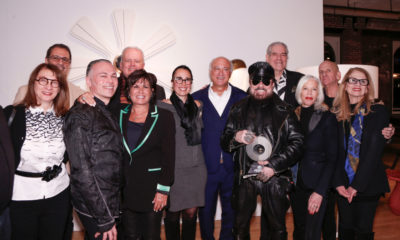
 Special Reports2 weeks ago
Special Reports2 weeks ago
 Designer Dozen5 days ago
Designer Dozen5 days ago
